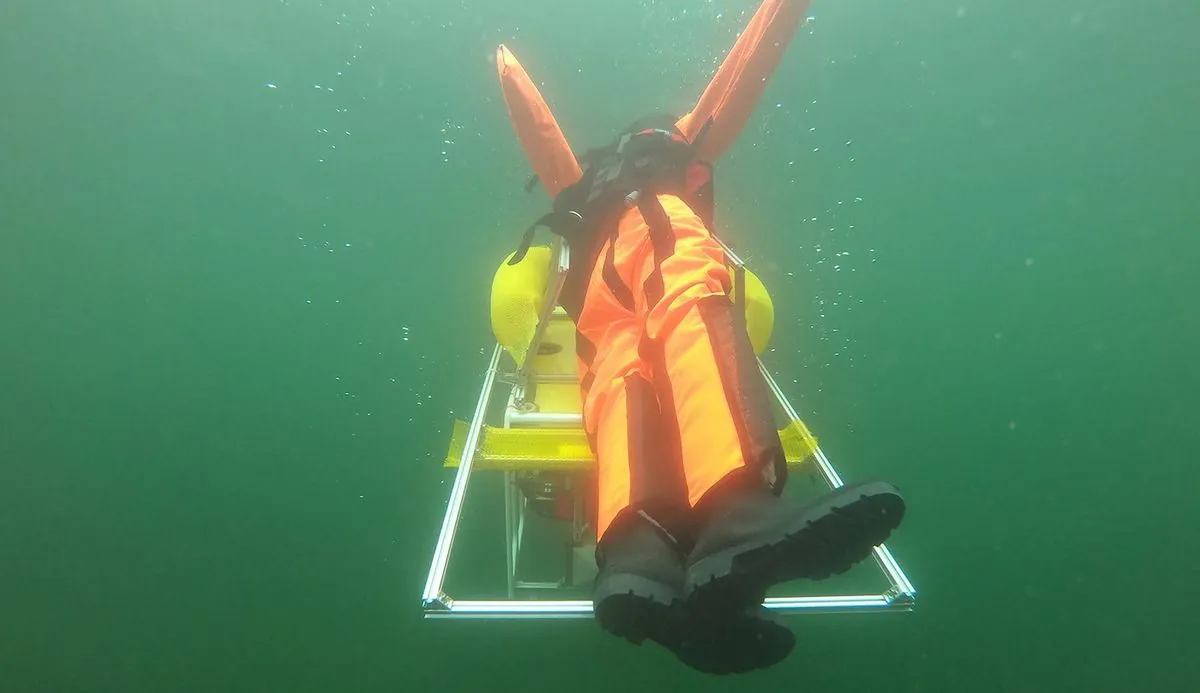Swiss Lakes Harbor Century-Old Ammunition: Government Seeks Removal Solutions
Switzerland launches competition to address submerged munitions in its iconic lakes. Despite no current pollution, authorities proactively seek safe removal methods for up to 4,500 tons of ammunition.

Switzerland, renowned for its picturesque lakes, faces an unusual challenge beneath the serene surfaces. The Swiss government has revealed that many of the country's iconic water bodies have been serving as repositories for ammunition, some dating back over a century. In response, authorities have launched a competition seeking innovative solutions for the safe removal of these submerged munitions.
Switzerland's defense procurement agency is offering a prize of 50,000 Swiss francs (approximately $58,000) to be shared among the top three proposals for addressing this unique environmental concern. This initiative highlights the nation's proactive approach to potential ecological issues, despite current monitoring indicating no immediate threat from the submerged ammunition.
Between 1918 and 1964, Swiss authorities disposed of various types of munitions in several lakes, including Lake Lucerne, Lake Thun, and Lake Brienz. These disposal sites, located 500 to 700 feet below the surface, contain a mix of surplus, outdated, and even perfectly functional ammunition. The practice reflects a historical approach to military waste management that has since been abandoned.

While ongoing analyses since 2006 have not detected pollutant release from the submerged ammunition, the government aims to stay ahead of potential future concerns. This forward-thinking stance aligns with Switzerland's long-standing commitment to environmental protection, which has been codified in strict laws since the 1960s.
The removal of these munitions presents significant challenges. Previous proposals from a 2005 assessment were deemed unfeasible due to the risk of disturbing the delicate lake ecosystems. The ammunition, now covered by up to six feet of fine sediment, poses complex extraction problems. Concerns include limited underwater visibility, explosion risks, and the varied composition of the munitions, with some weighing up to 110 pounds and made from different metals.
Lake Neuchâtel, the largest lake entirely within Switzerland, holds an estimated 4,500 tons of inert ammunition. Much of this comes from long-term Swiss Air Force exercises at the Forel air firing range, which were suspended in 2021. This highlights the ongoing impact of Switzerland's military activities on its natural environment, despite the country's neutral stance and absence from war since 1815.
Another source of submerged ammunition dates back to October 1916, when an explosion at an ammunition depot on the Rotsee scattered hand grenades into the surrounding area and lake. Over 8,000 grenades remain underwater, with about 1,500 recovered to date.
The competition, accepting entries until February 2025, aims to engage academia and industry in developing environmentally friendly and safe recovery methods. While the winning ideas won't be immediately implemented, they could form the basis for future research projects, demonstrating Switzerland's commitment to long-term environmental stewardship.
This initiative reflects the complex interplay between Switzerland's military history, environmental concerns, and technological innovation. As the country continues to balance its defense needs with ecological preservation, the resolution of this underwater ammunition issue could set a precedent for addressing similar challenges worldwide.


































